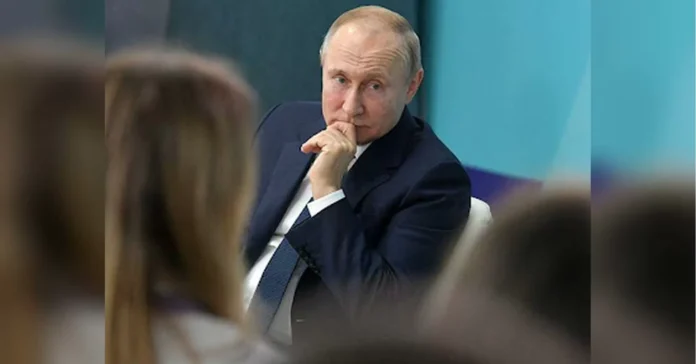Camilla Grand, director of the European Council on International Relations, believes that the recent visit of Russian President Vladimir Putin to the Kaliningrad region had multiple messages to convey. The Russian leader’s trip to this western enclave of Russia, sandwiched between Poland and Lithuania, was significant on many levels and reflected Moscow’s strategy towards its western neighbors and the international community.
First and foremost, the visit served as a political signal to the West, especially to the United States and its allies in Europe. Putin’s decision to travel to Kaliningrad, despite the ongoing COVID-19 pandemic, was seen as a demonstration of Russia’s strength and resolve. It was a clear message that Moscow remains undeterred by the mounting pressure from the West, including sanctions and accusations of interference in their domestic affairs.
Moreover, the timing of the visit was also crucial. It came just a few days after the historic meeting between US President Joe Biden and his Russian counterpart in Geneva, where both leaders discussed a range of issues, including the ongoing conflicts in Ukraine and Syria, strategic stability, and cyberattacks. By visiting Kaliningrad, Putin showed that he is still in control and not ready to make any major concessions to the West. This was further reinforced by his statement during the trip, where he emphasized that Russia will always defend its national interests and will not sacrifice its sovereignty for the sake of better relations with the West.
In addition, the trip also had significant economic and strategic dimensions. The Kaliningrad region, with its access to the Baltic Sea, is an important hub for Russian trade and energy exports to Europe. Putin’s visit was seen as an opportunity to boost economic ties and showcase the region’s potential as a gateway for Russian goods to the European market. Furthermore, the Russian President also inspected the ongoing construction of a new gas pipeline, which will increase Russia’s energy supplies to Europe via the Baltic Sea. This highlights Moscow’s continued efforts to diversify its energy exports and reduce its dependence on transit countries, such as Ukraine.
Apart from economic ties, the visit also aimed to strengthen Russia’s military presence in the region. Kaliningrad is home to Russia’s Baltic Fleet, and Putin’s trip included visits to military units and naval bases. This was a clear message to the West that Russia is capable of defending its borders and is prepared to respond to any potential threats. It also served as a reminder of Russia’s military might, which has significantly expanded in recent years, with the country investing heavily in new weapons and modernizing its armed forces.
Furthermore, the timing of the visit was also significant in terms of regional politics. As the situation in neighboring Belarus continues to escalate, with ongoing protests against President Lukashenko’s rule, Putin’s visit to Kaliningrad was seen as a show of support for the embattled leader. It sent a message that Russia stands by its allies and will not tolerate any outside interference in their internal affairs.
In conclusion, Putin’s visit to the Kaliningrad region had several messages to convey, both domestically and internationally. It was a bold display of Russian strength and determination, aimed at both the West and its allies in the region. The trip highlighted Moscow’s economic interests and its military capabilities, as well as its support for its allies. It also served as a reminder that Russia remains a major player on the international stage and will continue to protect its national interests.

